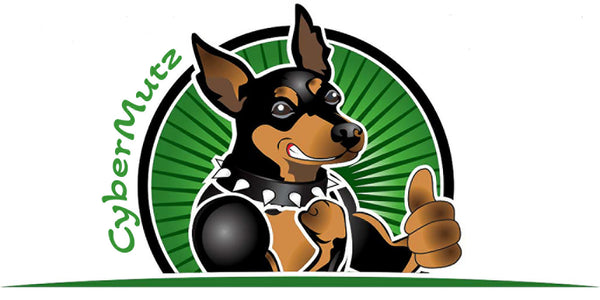
Building Confidence in Shy Dogs: Socialization Without Stress
Share
Building Confidence in Shy Dogs: Socialization Without Stress
Just like people, not all dogs are social butterflies. Some pups are naturally shy, cautious, or even fearful—especially in unfamiliar environments. But with the right approach, even the most reserved dog can learn to feel safe, confident, and secure.
This guide will walk you through how to socialize a shy dog gently and effectively, without overwhelming them.
🐾 Why Are Some Dogs Shy?
Shyness in dogs can stem from:
-
Genetics (some breeds and bloodlines are more cautious)
-
Lack of early socialization
-
Past trauma or neglect
-
Negative experiences with people or animals
Understanding the why helps you meet your dog where they are emotionally.
🧠 The Golden Rule: Go at
Their
Pace
Shy dogs don’t need to be pushed into crowded dog parks or noisy events to “get over it.” In fact, forcing socialization can backfire and make anxiety worse.
Instead, use a slow exposure approach that builds confidence without pressure.
🚶♀️ Confidence-Building Tips
1.
Create Predictable Routines
A shy dog finds safety in knowing what comes next. Regular walk times, feeding, and training routines reduce stress and build trust.
2.
Use Low-Stress Socialization
Introduce your dog to:
-
Quiet people who ignore them at first (no eye contact or petting)
-
Calm, dog-friendly dogs
-
New sounds, surfaces, and environments in small doses
Let your dog observe before asking them to interact.
3.
Reward Bravery
Any small moment of courage—like stepping toward a new person or sniffing a new object—should be rewarded with a treat or praise. This helps build positive associations.
4.
Create a “Safe Zone”
At home or during outings, provide a bed, crate, or mat that signals safety. Never force your dog out of it—this is their retreat space.
5.
Practice Confidence Games
Use fun, low-pressure games that encourage your dog to explore, think, and earn rewards:
-
Treat trails
-
Snuffle mats
-
Interactive puzzle toys
-
Obstacle courses with simple tasks like stepping over broomsticks or walking on cardboard
🐶 When to Seek Help
If your dog shows signs of extreme fear, such as shaking, hiding, lunging, or biting, it’s worth consulting a force-free behaviorist or trainer who specializes in fear-based behaviors.
💬 Final Thought
Confidence isn’t built in a day—but with patience, consistency, and empathy, your shy dog can bloom into a more relaxed, connected companion.
